As De Toni Debre Fanconi Syndrome is called a genetic disease. This leads to a reabsorption of various substances in the kidney.
What is De Toni Debre Fanconi Syndrome?

© kras99 - stock.adobe.com
The De Toni Debre Fanconi Syndrome is also among the names De Toni Debre Fanconi Complex, De Toni Fanconi Syndrome or Glucose Amino Acid Diabetes known. What is meant is a renal resorption disorder of the proximal tubule, which forms a section of the renal tubule. De Toni Debre Fanconi Syndrome is a hereditary disease and results in the reabsorption of various substances.
These include amino acids, glucose and inorganic phosphorus. This leads to the pathological excretion of glucose, phosphate and amino acids. The De Toni Debre Fanconi syndrome was described for the first time by the Italian physician Giovanni de Toni (1896-1973) and the Swiss Guido Fanconi (1892-1979), who also gave the disease its name.
De Toni Debre Fanconi Syndrome is one of the more rare diseases. Around 50 cases of the infantile type are known in Europe. However, secondary forms show up more often.
causes
De Toni Debre Fanconi Syndrome can be divided into three different forms. This is the primary idiopathic Fanconi syndrome, which is inherited in an autosomal recessive manner, but can also occur spontaneously. Fanconi syndrome of the adult type takes a less severe course than Fanconi syndrome of the infantile type.
The third form is secondary Fanconi syndrome. This occurs accompanying hereditary metabolic diseases such as cystinosis or Lowe's syndrome. In addition, it is secondary to Sjögren's syndrome, amyloidosis, tumors, poisoning or as an undesirable side effect of drugs.
De Toni Debre Fanconi syndrome is mostly a hereditary disease. While the infantile type of the syndrome is inherited as an autosomal recessive trait, the inheritance of the adult type is autosomal dominant. In the case of De Toni Debre Fanconi syndrome, there is a generalized resorption disorder of the proximal tubule. The pathomechanism of the syndrome has not yet been fully clarified.
It is assumed that there is ischemia-related ATP deficiency or Na + - / K + ATPase insufficiency. As a result, different substances such as glucose, amino acids or ions such as phosphate are no longer secreted and excreted from the urine. This in turn leads to aminoaciduria, hypercalciuria including hypokalaemia, hyperphosphaturia, which is associated with a disruption of the phosphate balance, and glucosuria including osmotoic diuresis.
In addition to the hereditary form of De Toni Debre Fanconi syndrome, which is genetic, there is also an acquired form. This is caused by metabolic diseases such as fructose intolerance or Wilson's disease, ischemia or nephrotoxic substances such as heavy metals or drugs.
Symptoms, ailments & signs
Symptoms of De Toni Debre Fanconi syndrome depend on whether it is an infantile or an adult form of the disease. In the idiopathic primary syndrome that occurs in childhood, symptoms such as short stature, fever attacks and vomiting appear between the ages of 2 and 3. In addition, the sick children suffer from rickets, which is vitamin D-resistant.
There is also severe pain in the bones. Even breaks are in the realm of the possible. If the kidney failure, which also occurs, is not treated with blood washing (dialysis) or a kidney transplant, the affected child is even at risk of death.
If the symptoms of De Toni Debre Fanconi syndrome do not appear until adulthood, there are normally no life-threatening consequences to be feared. The adult form of the syndrome becomes noticeable through muscle hypotonia, polydipsia (pathological thirst) or softening of the bones (osteomalacia).
Furthermore, there is a risk of complications due to the deficiency. These include low blood sugar (hypoglycaemia), spontaneous fractures, neurological disorders and hypokalaemic symptoms. In addition, global kidney failure can occur.
Diagnosis & course
To diagnose De Toni Debre Fanconi syndrome, the examining doctor first looks at the patient's medical history. He also carries out a physical examination and a medical laboratory examination. It is possible to determine aminoaciduria or glucosuria based on the urine status.
In the case of multiple myeloma, proteinuria can be determined. The phosphate level in the blood serum is reduced. Occasionally, hypokalaemia can also be detected. X-rays can be taken to diagnose secondary effects of De Toni Debre Fanconi syndrome from osteomalacia or rickets. Sometimes a kidney biopsy (tissue removal) is also performed.
The course of De Toni Debre Fanconi syndrome depends on its form. The prognosis of the infantile form is considered unfavorable, since without a kidney transplant, death occurs between ten and twelve years from renal insufficiency. If, on the other hand, it is the adult form, which is only seen in adults, life expectancy is normal.
When should you go to the doctor?
If symptoms such as short stature, fever attacks and vomiting are noticed between the ages of two and three, it may be the De Toni-Debre-Fanconi syndrome. A visit to the pediatrician is recommended if the symptoms do not subside on their own or if there are additional symptoms. In general, you should always see a doctor if you have any signs of serious illness. In the event of severe bone pain or even fractures, the emergency services must be alerted or the affected child should be brought to the hospital.
The same applies to signs of kidney failure or rickets. If the symptoms only appear in adulthood, a doctor must be consulted with pathological thirst, bone problems and other typical signs. Medical advice is required at the latest in the event of complications such as hypoglycaemia, neurological disorders or spontaneous fractures.
In addition to the family doctor, a specialist in hereditary diseases or an internist can also be called in. In the case of unspecific symptoms, it is best to contact the emergency medical service first. Medical clarification is recommended in any case for the complaints mentioned.
Doctors & therapists in your area
Treatment & Therapy
In the treatment of De Toni Debre Fanconi syndrome, both causal and symptomatic therapy is possible. If the patient suffers from the secondary form, the cause of the primary disease is treated. Standard therapy includes giving vitamin D3 or calcitriol to treat vitamin D-resistant rickets.
Hydrochlorothiazide is also given to reduce the loss of electrolytes through the kidneys. Many small meals that are high in protein and carbohydrates are also helpful. In addition, the patient has to drink one to three liters of fluids a day. At the same time, it is important to reduce the intake of table salt. It is also important to compensate for the loss of phosphate, potassium and sodium.
The acidosis is in turn balanced by buffer solutions. If there is a hereditary proximal disorder, only symptomatic therapy is possible in which the patient receives sodium bicarbonate, phosphate, glucose and potassium. Regular monitoring of the kidneys and bones is also important.
Outlook & forecast
Since De Toni Debre Fanconi syndrome is a genetic disease, it cannot be treated causally, but only symptomatically. Self-healing does not occur in this syndrome.
If left untreated, De Toni Debre Fanconi Syndrome can lead to complete kidney failure, which ultimately leads to death. The patients are then dependent on a donor kidney or on dialysis.
The syndrome can also lead to short stature, vomiting or various deficiency symptoms. The quality of life and life expectancy are significantly reduced. In children, the syndrome also leads to disturbed and slowed development. Bone fractures and wound healing are common.
De Toni Debre Fanconi Syndrome can usually be treated relatively well with the help of medication. This alleviates all symptoms and leads to a positive course of the disease. However, patients are dependent on lifelong use of these drugs as the syndrome cannot be completely cured. Furthermore, regular examinations of the internal organs must be carried out in order to avoid complications. With early therapy and successful treatment, there is no decrease in life expectancy.
prevention
De Toni Debre Fanconi Syndrome is counted among the genetic diseases. There are therefore no preventive measures.
Aftercare
In the case of De Toni Debre Fanconi syndrome, in most cases the person affected has only a few options for direct follow-up care. The person affected must see a doctor early on in order to avoid further complications. Since it is a genetic disease, it cannot be completely cured.
If you want to have children, genetic counseling and testing can be useful to prevent the disease from recurring. Self-healing does not occur in De Toni Debre Fanconi syndrome. In most cases, patients need to take medication for this disease. It is always important to take it regularly with the correct dosage.
In children, parents must control the intake. Those affected should also drink plenty of fluids and avoid salt if possible so as not to unnecessarily stress the kidneys. As the De Toni Debre Fanconi syndrome can lead to severe kidney problems, regular controls and examinations of the internal organs are very important. The bones and kidneys in particular need to be checked. It cannot be universally predicted whether the syndrome will lead to a reduced life expectancy for the patient.
You can do that yourself
In addition to the genetically determined hereditary form of the De Toni Debre Fanconi syndrome, this also occurs in an acquired form. The patient himself cannot take any measures against the genetic variant of the disorder that have a causal effect.
The infantile form of the disease, which is usually noticeable between the second and third year of life, is particularly serious. Parents should then insist that their child be treated by a doctor who has actually already had experience with this rather rare disease. Specialists can be found through the medical association or with the help of the health insurance company.
Concomitant symptoms of the frequently occurring short stature, such as tension, muscle pain or restricted motor skills, can usually be alleviated by physiotherapy started early. As soon as the children begin to suffer emotionally from the short stature, a child psychologist should also be called in.
If the disease is acquired and not genetic, the first step should be to identify the cause. This can be, for example, a metabolic disease, fructose intolerance or poisoning with heavy metals. Medicines can also be responsible for acquired De Toni Debre Fanconi syndrome.
If the illness correlates with the patient's lifestyle, for example diet or occupation, he or she must adjust to a change in lifestyle.If a modification of the diet is required, a nutritionist should be consulted. If the profession can no longer be practiced, the employment agency's career advice service should be sought at an early stage. The trade unions also advise free of charge in such cases.

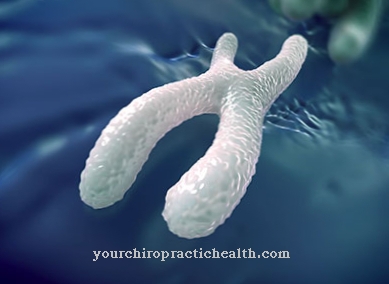
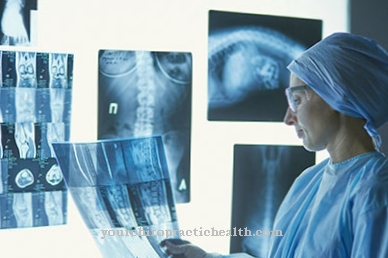
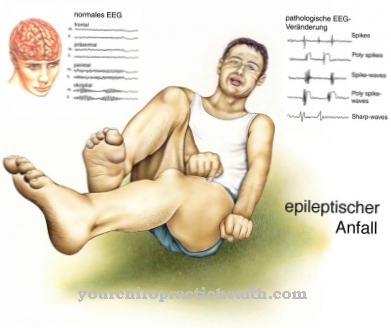
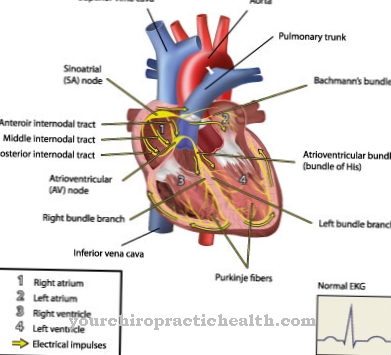
.jpg)


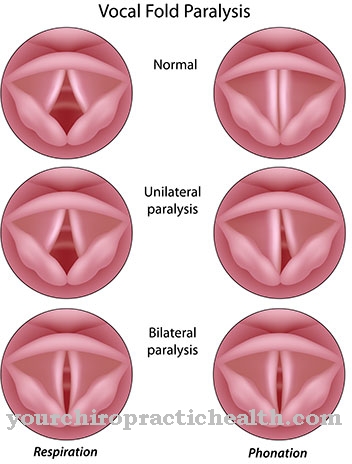
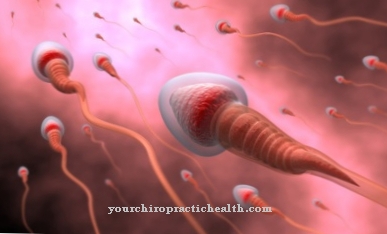
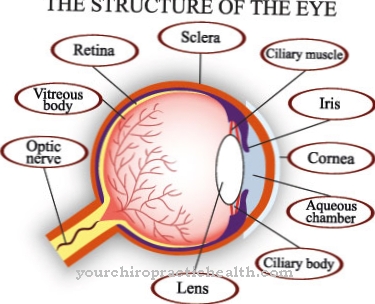
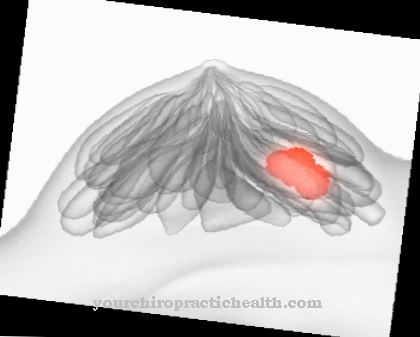

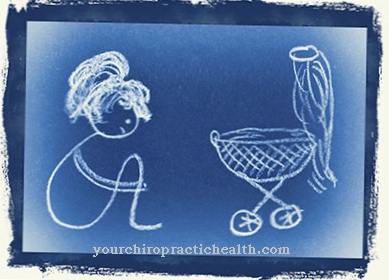



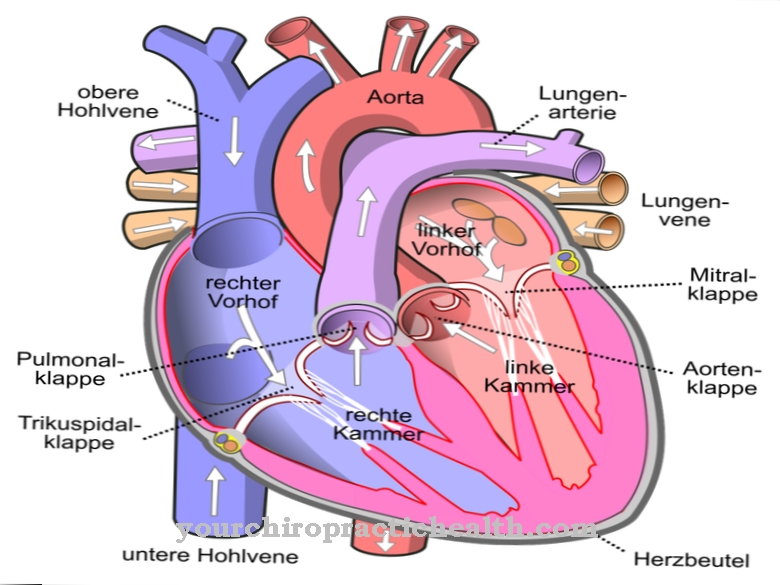


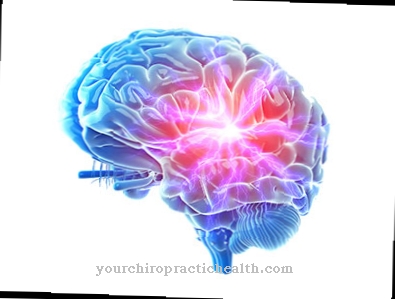
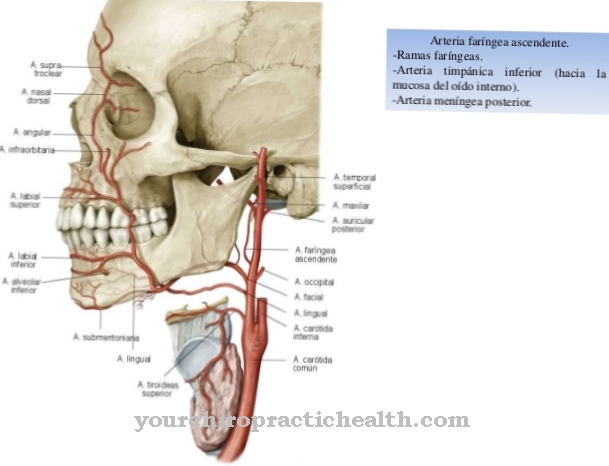
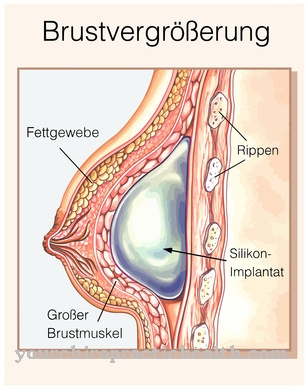
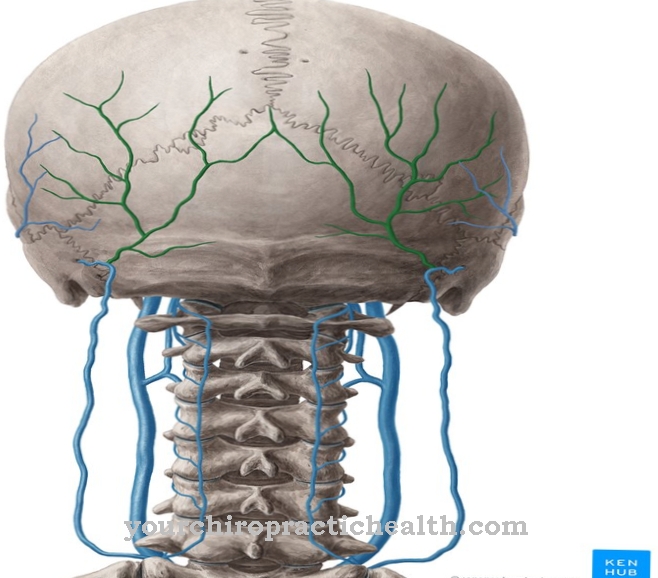

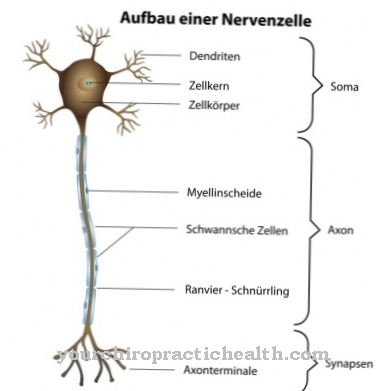

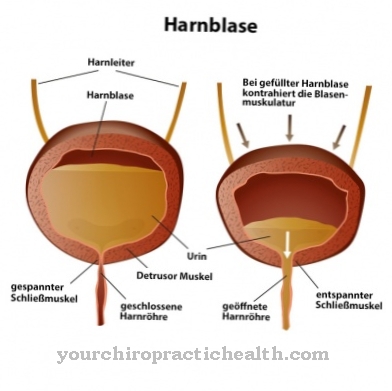
.jpg)